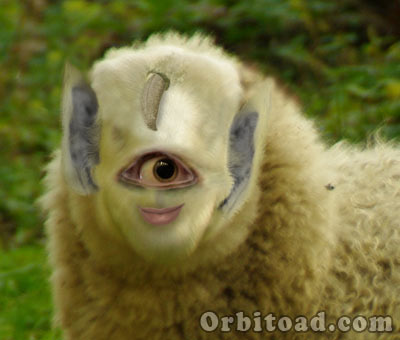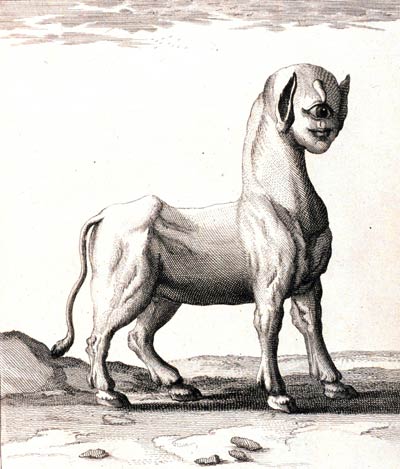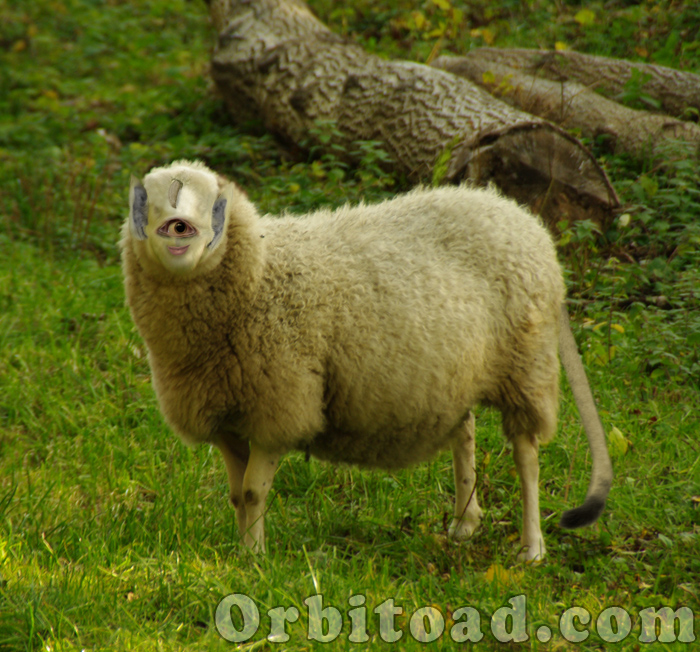
Feuillee’s Monster
 According to the story, Louis Feuillée was shown this creature in Argentina on August 26, 1708. He drew the creature that he saw and later reported it to the King of France. Feuillée was unable to examine the creature up close, but secretly sketched the creature while seeing it from nearby. He then left and drew in the rest of the details of the creature. The creature was supposedly 11 inches long with the face and bodily features of a newborn, denoting that this creature was a stillborn being and thus probably very dead.
According to the story, Louis Feuillée was shown this creature in Argentina on August 26, 1708. He drew the creature that he saw and later reported it to the King of France. Feuillée was unable to examine the creature up close, but secretly sketched the creature while seeing it from nearby. He then left and drew in the rest of the details of the creature. The creature was supposedly 11 inches long with the face and bodily features of a newborn, denoting that this creature was a stillborn being and thus probably very dead.
 This creature was described as “a monster born of a ewe” and went on to describe it to be a chimera of a horse, calf, and a human child. The photo comes from the NOAA Library, item libr0408.
This creature was described as “a monster born of a ewe” and went on to describe it to be a chimera of a horse, calf, and a human child. The photo comes from the NOAA Library, item libr0408.
Visit http://www.photolib.noaa.gov/library/monster.html for a complete translation of Feuillés’ account of the monster.
The chances of genetic mutation are rare and this monster reminded me of a story that I read a while ago about a mutant stillborn sheep with a human face. (Warning–contains a graphic photo) I would have to say that the odds of the Feuillés monster being something similar to this are highly likely if Feuillé did in fact see this creature. Even today, 300 years later, we would describe this creature as a monster, so this recent story gives credence to this bizarre tale. In a way, the Turkish mutant sheep takes away some of the fantasitcal charm of the Feuillé monster, but at least Feuillé doesn’t come across as crazy anymore.
I decided to go ahead and presume that this is, in fact, a monster and not a mutant sheep, and thus it could and would grow up to adult form. This is what I believe Feuillé depicted in the drawing and what I re-created.
I went ahead and used the body of a sheep for my interpretation as I find it an unlikely for a creature described as having sheep origins to have the body of a sheep. I compared the body structures of Louis Feuillée’s drawing and a photo of a sheep and found similarities in the breast and head of the sheep. I do not believe the presence of wool diminishes the representation of the original as if it was a sheep monster, it would have both woolly and sheared forms. The initial account described the ears as being horse-like, I used those of a giraffe as they fit the illustration more accurately. I used a human eye, modified to be cycloptic rather than bicloptic, and mouth since these features were distinctly human.
